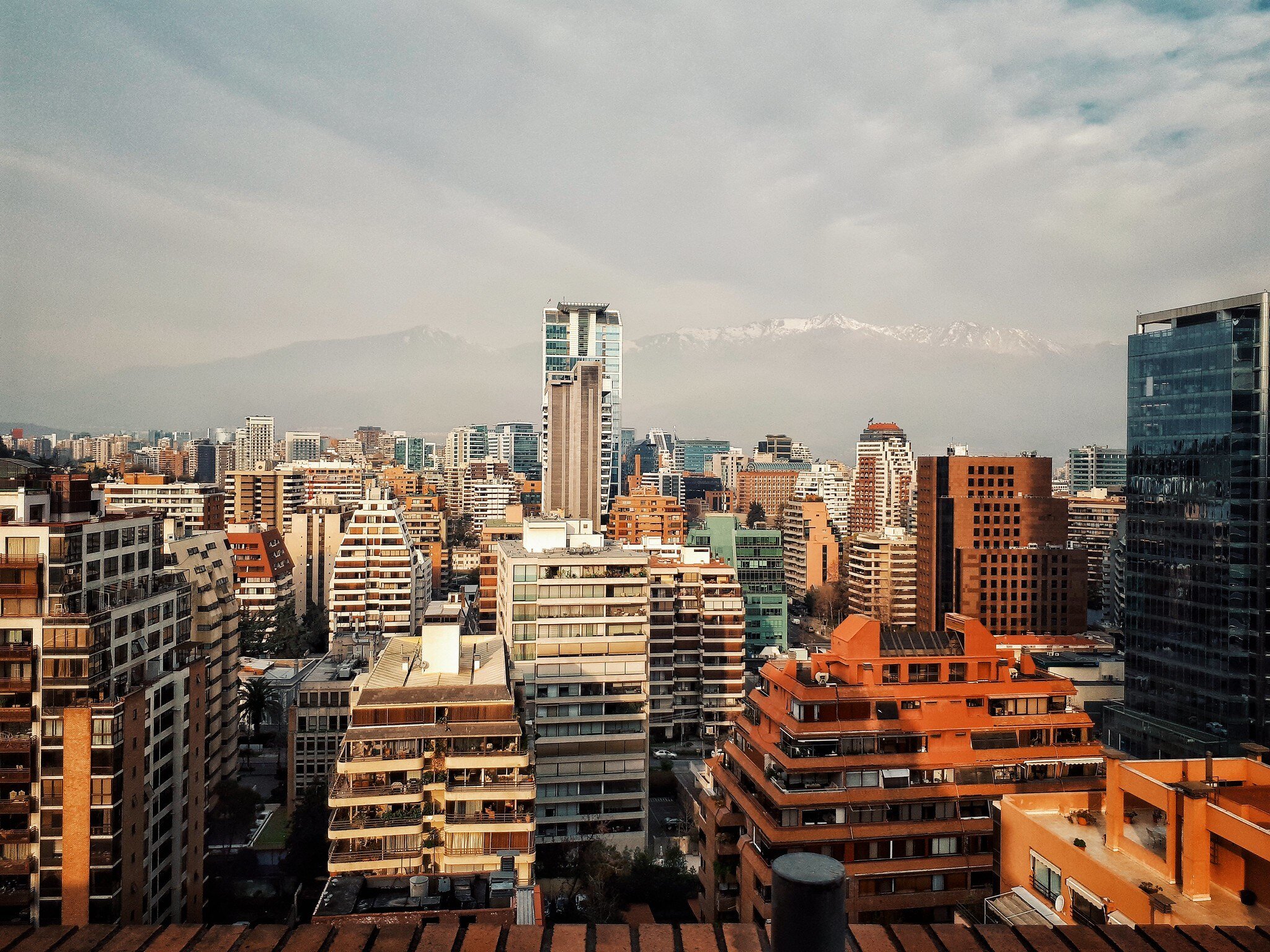Economic turbulence and currency volatility
2020 proved to be a year of unprecedented social, political, and economic turbulence. Though the onset of the COVID-19 vaccine rollout and the change of Administration in the U.S. have inspired some hope that a return to “normal” life is possible in the foreseeable future, many markets remain turbulent.
One change of particular note is that Cuba is ending their dual currency system and began withdrawing the Cuban Convertible Peso (CUC) from circulation as of January 1, 2021. Going forward, the Cuban Peso (CUP) will be the country’s only official currency.
Below are summaries of the month’s rate changes over 3.5% taken from AIRINC's review last week. For up-to-date figures, please reach out to your client engagement representative or click here to reach our inquiries team now.
Currencies Losing Value against the USD
VES — Venezuelan Bolivar Soberano
The Venezuelan bolivar continues its years-long trend of depreciation. Increased dollarization, excess liquidity, and general financial mismanagement have all contributed to the constant drop in the currency’s value.
LYD — Libyan Dinar
For the past two years there have been two official exchange rates, one for public sector transactions and another for private commercial transactions. However, in December 2020, the board of the Central Bank of Libya met for the first time in six years and agreed to a unified rate, effective January 3.
HTG — Haitian Gourde
Last year witnessed the Haitian government’s efforts to keep their currency at an abnormally strong level, which failed to bring down prices as hoped. Instead, it made both local and hard currency harder to come by, and exacerbated poverty in the country. The government’s tactics to maintain the rate included selling off limited foreign reserves and allocating budgetary funds to simply print more money. These efforts are unsustainable, and the Haitian gourde has begun to see correction from this artificial appreciation over the past two months.
ARS — Argentine Peso
Argentina is in a state of near-constant financial crisis, with recurrent economic collapses and defaults on sovereign loans, accompanied by hyperinflation and regular devaluation of the currency.
IQD — Iraqi Dinar
Iraq devalued their currency by approximately 25% in late December.
Currencies Gaining Value against the USD
TRY — Turkish Lira
In an effort to stem inflation and defend the value of the lira, Turkey’s Central Bank has raised interest rates for two months in a row and is considering doing so for a third. Further, Turkey has recently signed a free trade agreement with the UK, which has also increased interest in the TRY.
NOK — Norwegian Krone
The Norwegian economy has been notably resilient during the COVID-19 pandemic, due in part to its $1.3 trillion wealth fund. Norway’s vaccine rollout has also been relatively fast. The Norges Bank announced that it would not yet raise interest rates, but that it expects to by 2022, indicating confidence that the pandemic will be under control by the end of the year at least.
Need help with exchange rate volatility?
Reach out today by clicking below for help with exchange rate volatility and managing your Mobility program during these uncertain times.





%20(29).png)


